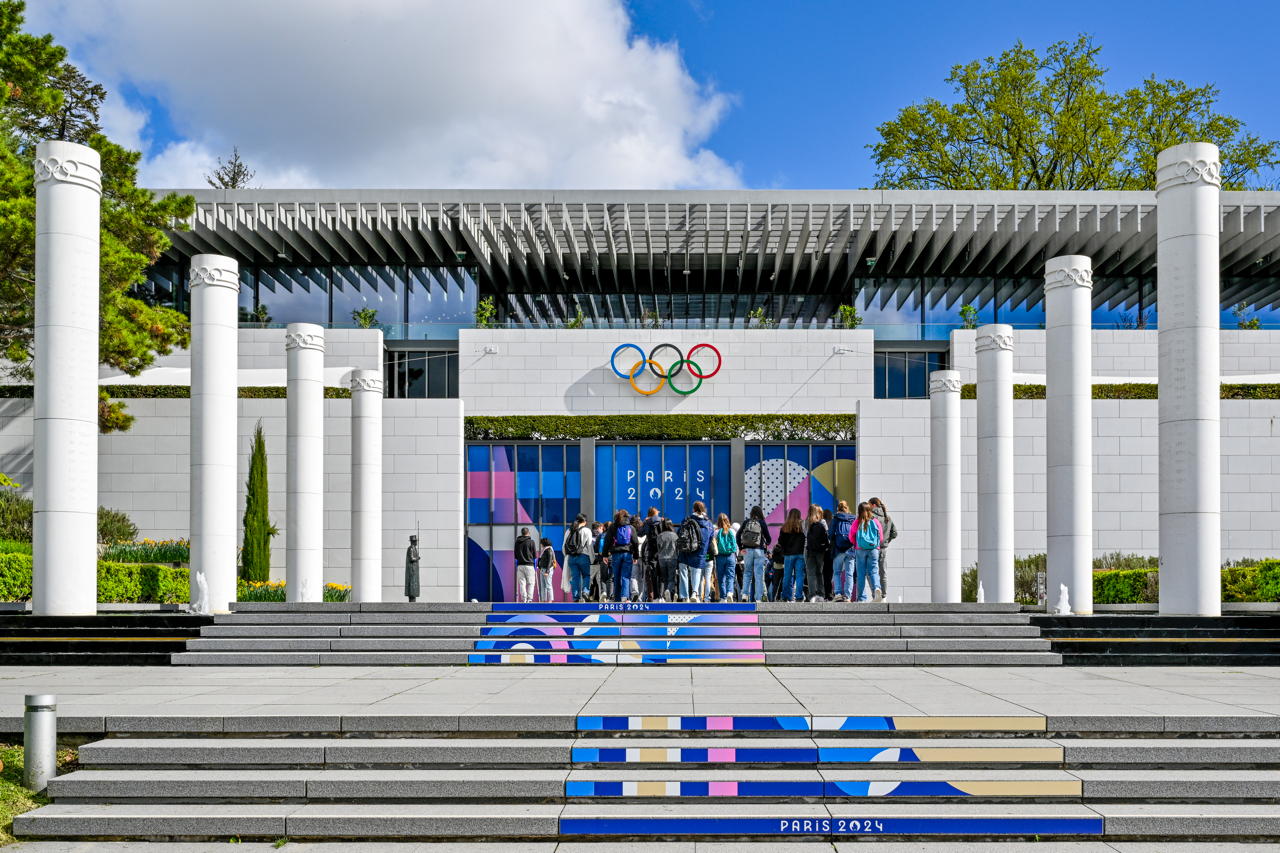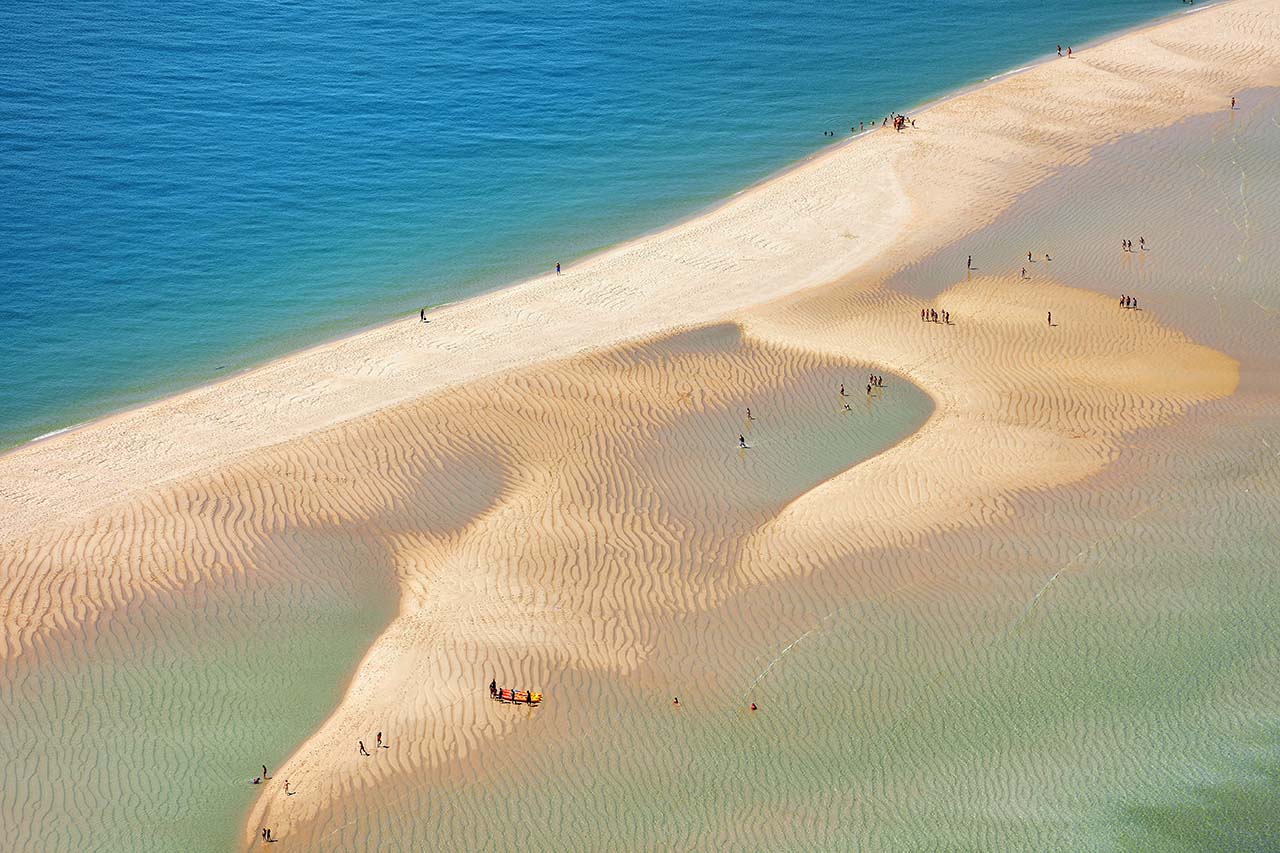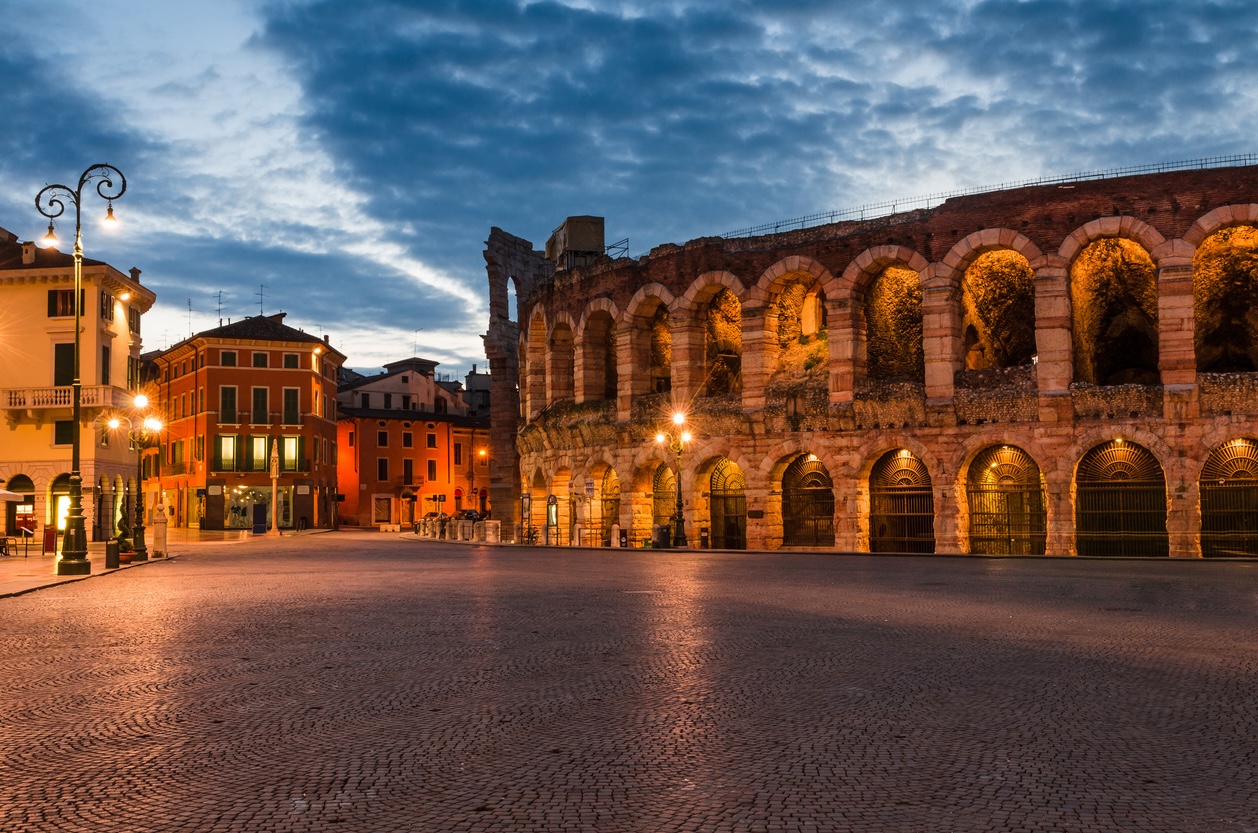If there is a place that can tell the story of the greatest sporting event known to the world, the Olympic Games, it is Olympic Museum of LausanneThe fact that the most representative city is therefore located in the Swiss city of the canton of Vaud makes it the Olympic capital of the planet.
THE To Macronym of The Olympic Museumis located in the Ouchy district, on the shores of the lake. It was inaugurated 31 years ago by Antonio Samaranch, then president of the IOC. It was June 23, 1993 and this day was the dream of the founder of the modern Olympic Games, the Baron Pierre De Coubertinhas finally become a reality.
READ ALSO: Weekend in Lausanne, the young city is having fun. What to see
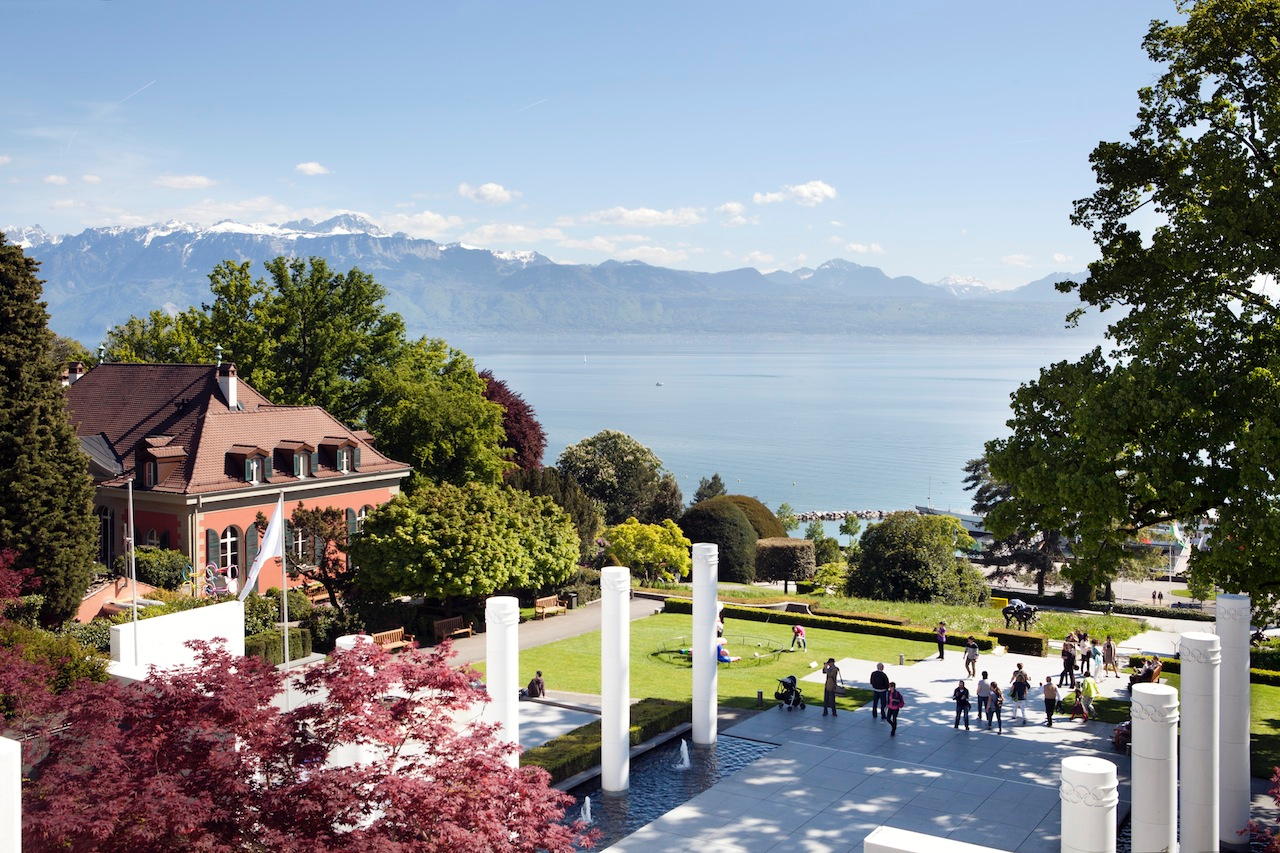

The birth of the Olympic Museum in Lausanne
There is 30 museums dedicated to the Olympic Gamesbut the one in Lausanne leads the way. This may be due to its unusual construction three thousand square meters of covered areafor the three exhibition floorsthe with 1,500 unique objects e 200 interactive screens. Or even for the large park that surrounds it.
For many reasons, visiting it is an experience that should be had at least once in a lifetime for fans of sports and the history of the five rings, especially now, on the eve of the Paris 2024 Games which will take place in the French capital from July 26 to 11. August.
“Olympism is a philosophy of life that values and combines the qualities of body, will and mind. By merging sport, culture and education, Olympism creates a lifestyle based on the joy of effort, on the educational value of good example and on respect for fundamental universal ethical principles,” said Pierre De Coubertin, IOC President from 1896 to 1925 and founder of the modern Olympic Games.
In his project of “New Olympia”, the visionary Coubertin imagined a place that would unite historical and contemporary Olympism. Hence the idea of creating the Olympic Museum in Lausanne.
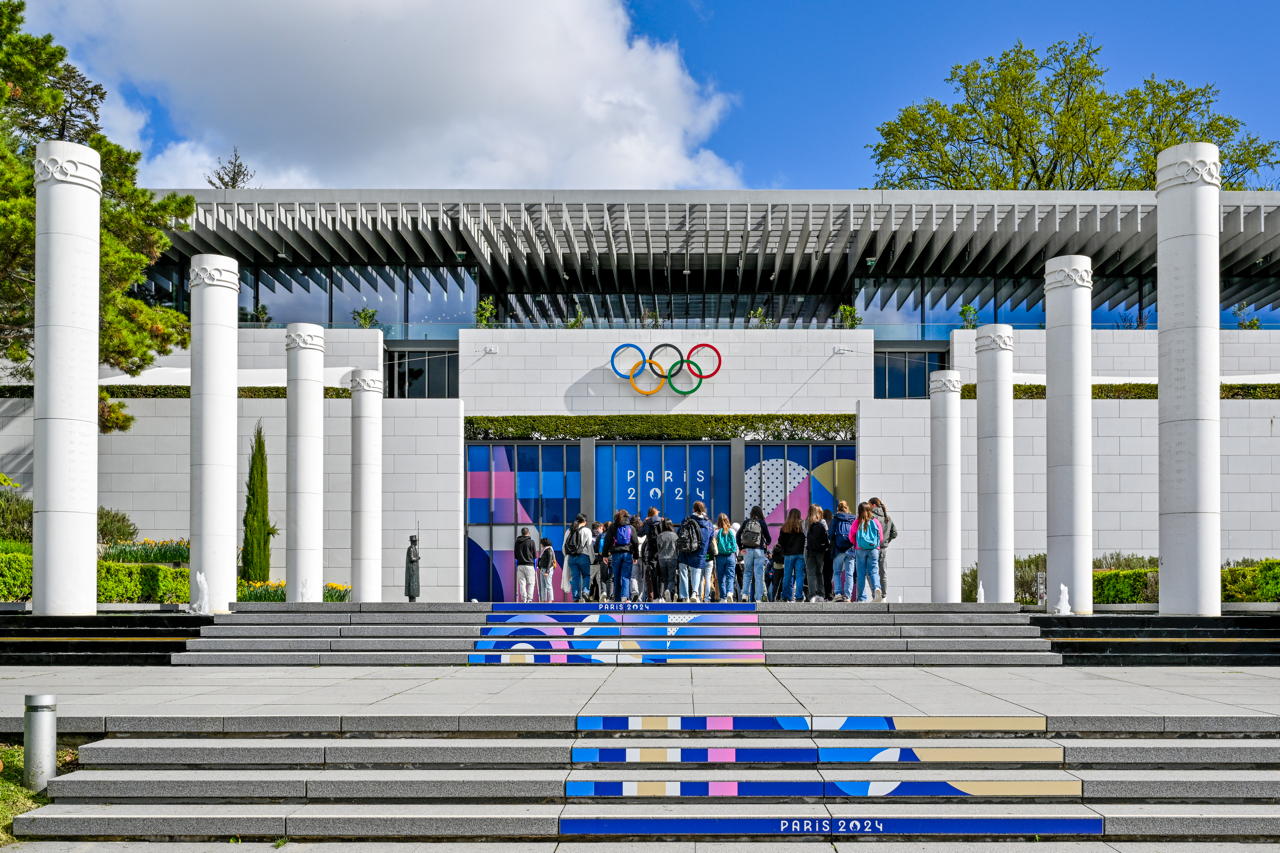

Why in Lausanne?
Because the International Olympic Committee has had its headquarters on the shores of Lake Geneva since 1914.
But also because around fifty world sports federations are based in Switzerland and many in the canton of Vaud. Among these, the International Basketball, Ice Hockey and Ski Federations as well as the International Cycling Union. There are others, perhaps less well-known but worthy of mention, such as the International Federation of Dance Sports, Wrestling or Archery.
READ ALSO: Switzerland by train: 15 ideas for a weekend
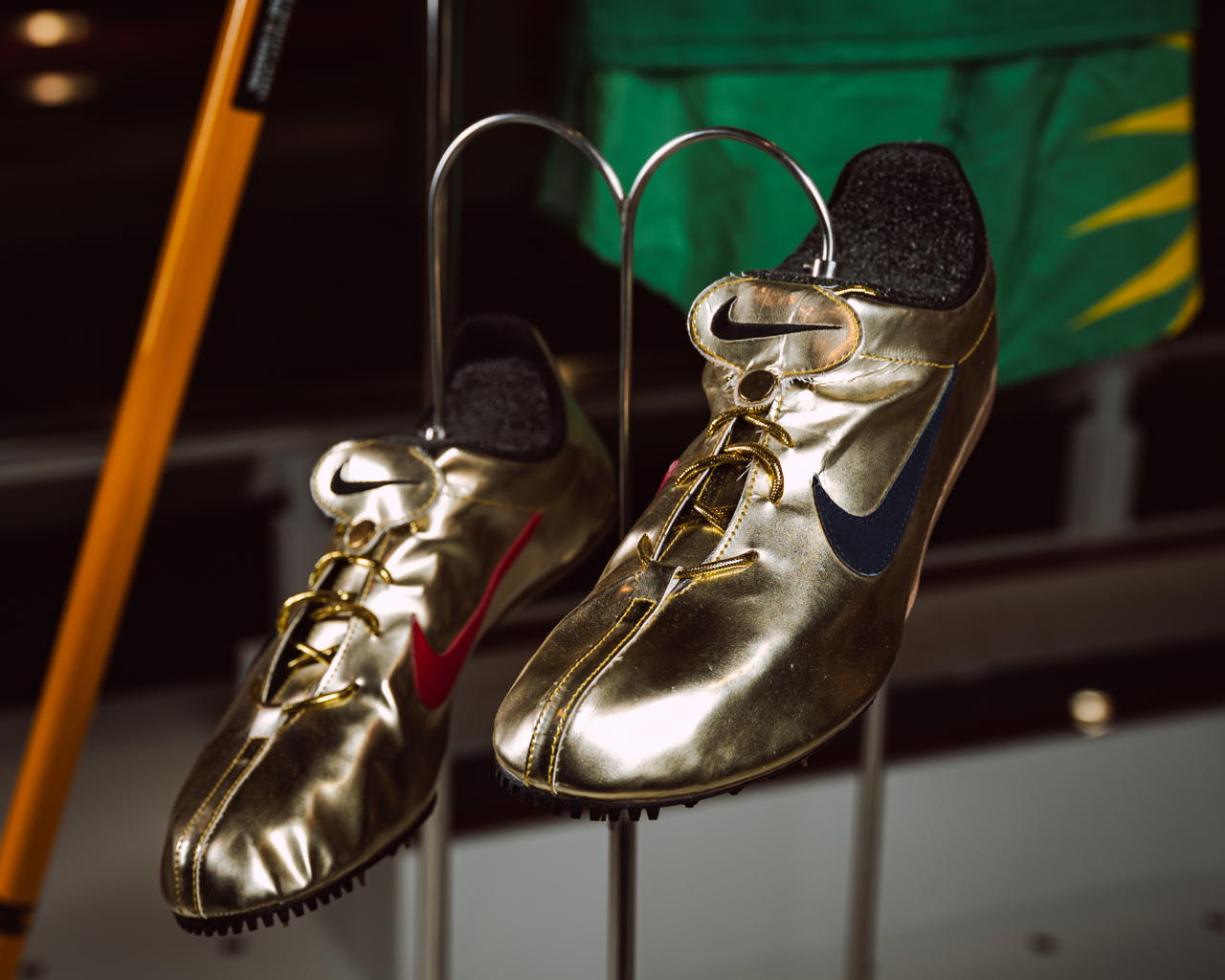

Visit to the Museum
Give him medals of each edition with uniforms and equipment belonging to and rigorously signed by the giants of world sport. Give it torches used to light the braziers with the sacred fire of Olympia, spaces dedicated to the projection of images that enhance the meaning of sport and tell indelible moments in history.
Yet, among the many incredible memories, only a part is exhibited to the public. A considerable part of the heritage of finds and objects is in fact catalogued and preserved “jealously” in the archives of the Museum.
They are above all official documents, letters in agreement, posters, posters, historical photosIn short, everything that allows us to reconstruct, bear witness to and tell the story, culture, design, technology and sociology of Olympism, in all its richness and thousand facets, is preserved.
READ ALSO: Vineyards, cogwheel trains and memories of Freddy Mercury: the enchanting Lavaux
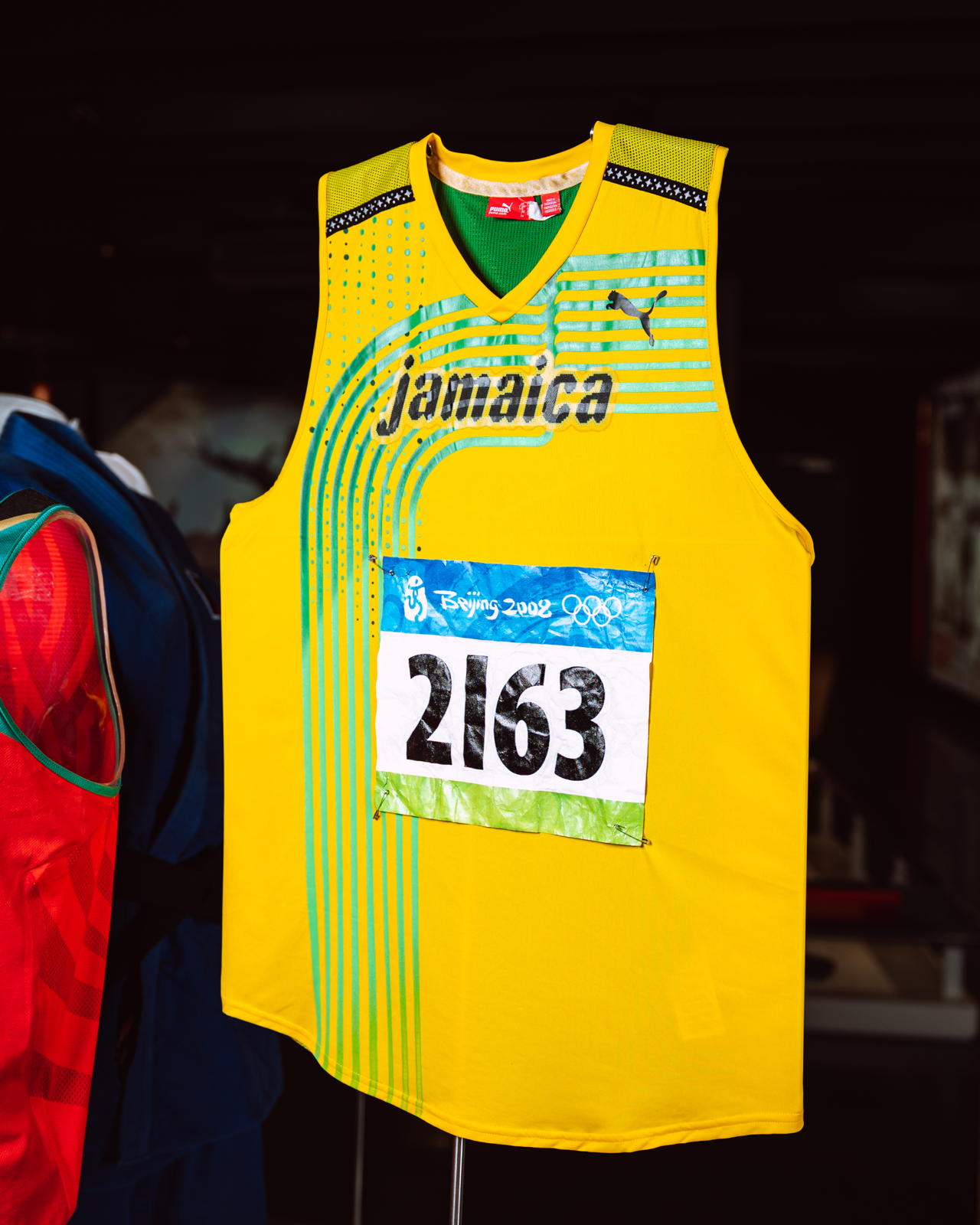

97 steps to the Museum
Renovated in 2007 and modernized in 2013 with the installation of interactive supports (including 50 interactive screens, 1,500 terminals and more than seven hours of films and clips projected), the Olympic Museum is accessible by a 97-step staircasedesigned by architects Pedro Ramirez Vasquèz, Mexican, and Jean Pierre Cohen, Swiss.
The colored scale represents the three pillars of De Coubertin's thought: culture, sharing, education.
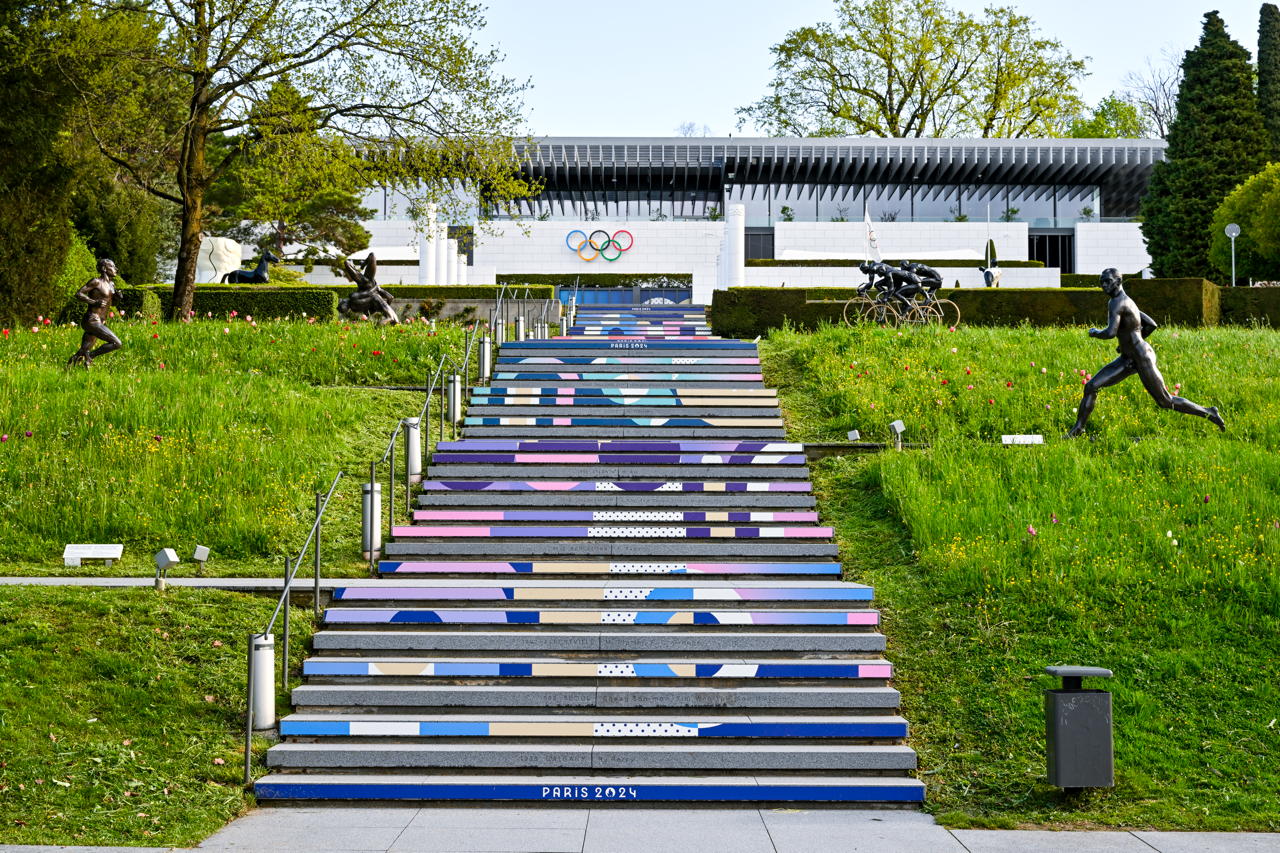

Step by step, we delve into the history of the Olympic Games. Indeed, from the edge of the lake, on each step are engraved the place and year of the games as well as the name of the last torchbearer.
The climb can also last a long time for those who have the curiosity and the desire to know them all. But the journey is only just beginning and continues once the threshold of the Museum is crossed.
The Olympic Park
A park of over eight thousand square metres with works of art and installations on the theme of sports surrounds the museum. The view of Lake Geneva and the Alps completes the idyllic picture.
The Olympic Park is home to 43 sculptures by famous artists such as Niki de Saint-Phalle, Botero, Tapies and Calder. And right in front of the Museum, the statue of Pierre de Coubertin dominates and welcomes visitors, his gaze fixed on the Olympic fire that burns continuously.
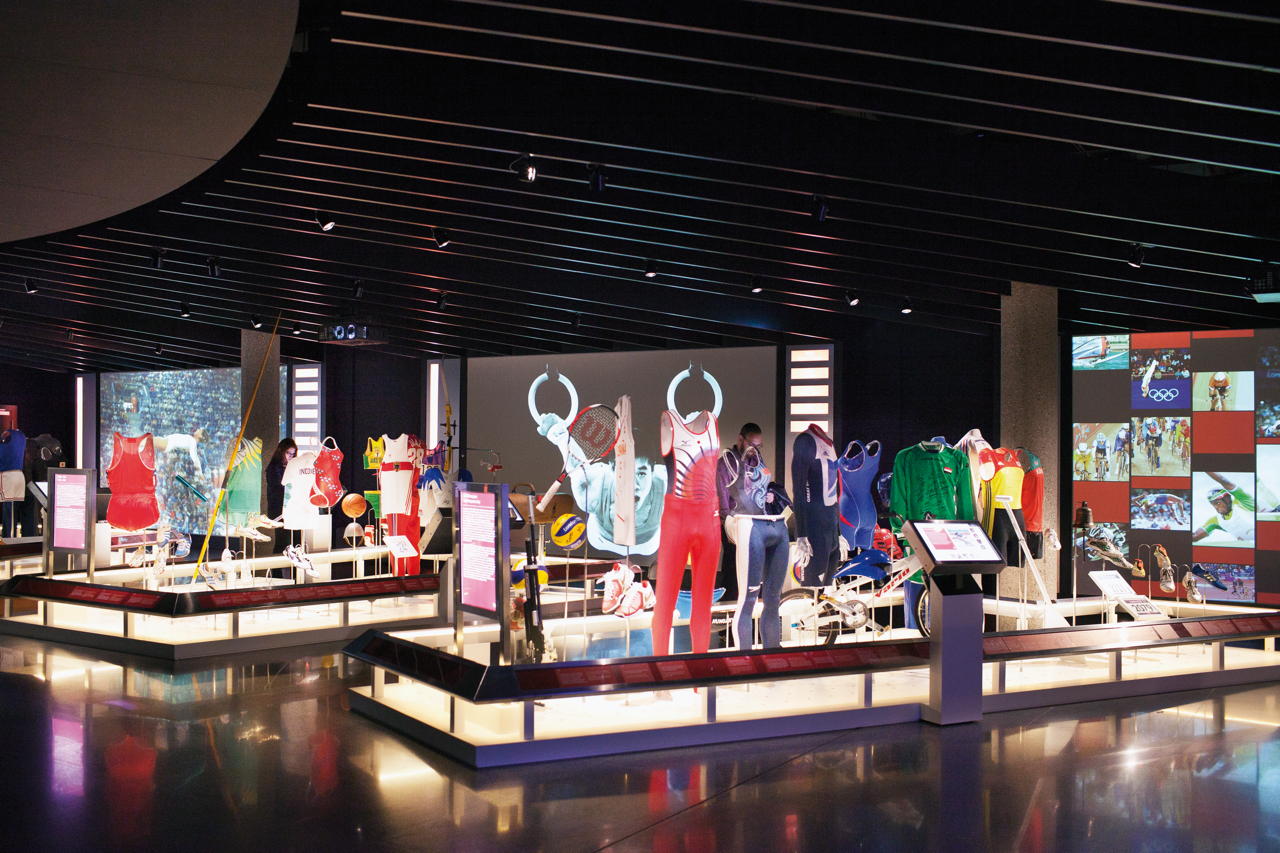

The three floors of the Olympic Museum in Lausanne
The three-level exhibition tells the story of the origins, competitions and spirit of Olympic athletes.
In the foreground: the Olympic world
On the first floor you discover the mythological origins of the Games, represented by the Temple of Zeus and the city of Olympia reproduced in 3D.
We continue in the section dedicated to Baron Pierre de Coubertin, his vision on sport and Olympism.
The next space features torches, posters and ceremonial costumes created by contemporary artists such as Philippe Starck, Tahra Zafar and Philippe Guillotel.
The “Olympic Cities” section focuses more on the host cities of the Games: the Olympic facilities, the stadiums and the urban transformations, but also the mascots or posters, the opening ceremonies.
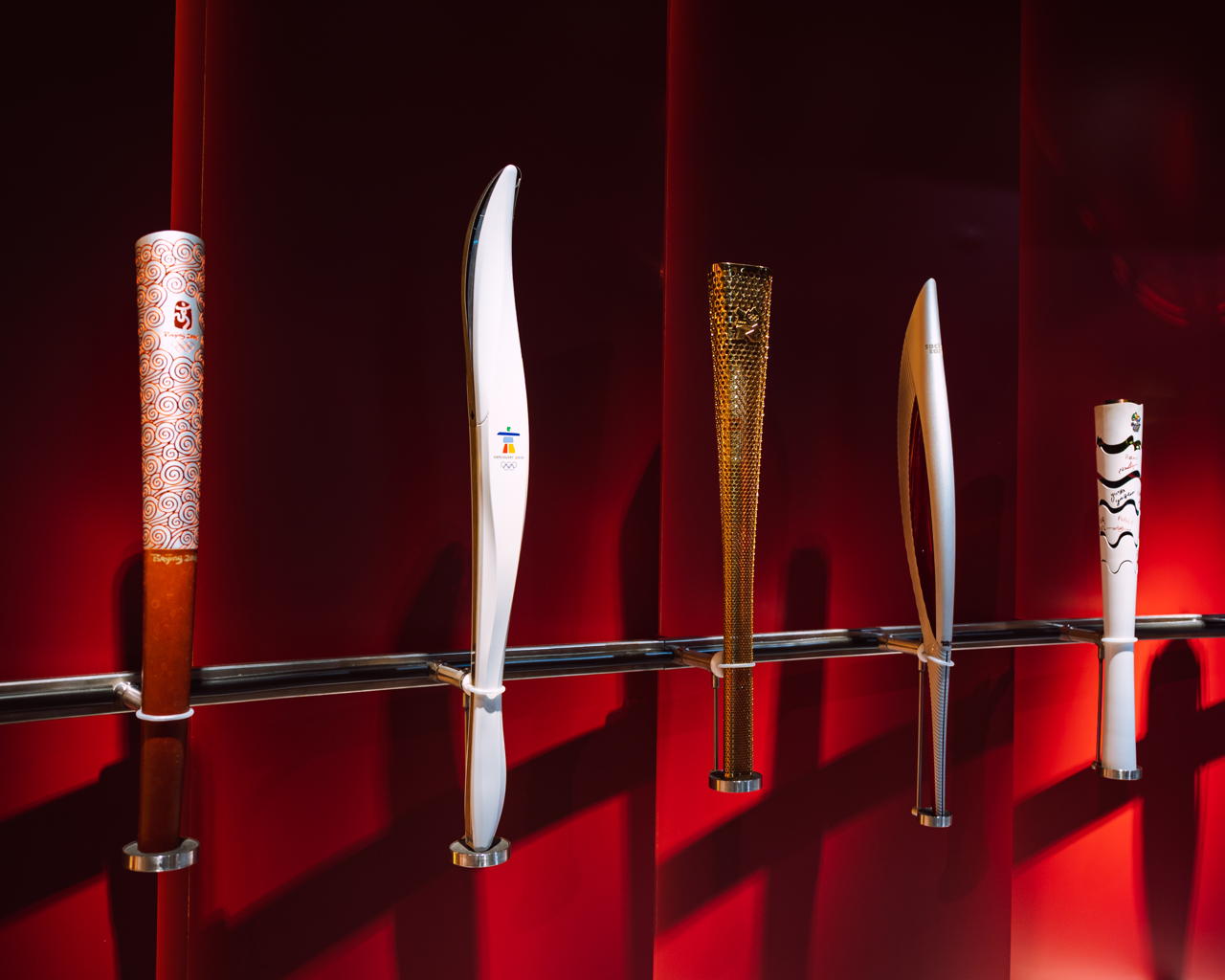

Plan Zero: The Olympic Games
The Level 0 area is dedicated to the athletes who have written the history of the Summer and Winter Games, whose careers and achievements embody the Olympic values of excellence, friendship and respect.
Thanks to the audiovisual media, it is possible to discover the 200 “best stories” and more than 1,500 “best of” of the Olympic Games, and to admire up close unique objects such as the clothing of their exploits and the images of their exploits.
Plan 1: The Olympic Spirit
Returning to Level 1, you enter the heart of the Olympic spirit. The third space takes the visitor to the Olympic Village experience with interactive exercises in which they can test their balance in curling, their dexterity in shooting or follow a mental training session.
You will also be able to test the equipment and materials used by the competing athletes and the visit will end in front of the collection of all the medals of the modern era, the Olympic symbol par excellence.
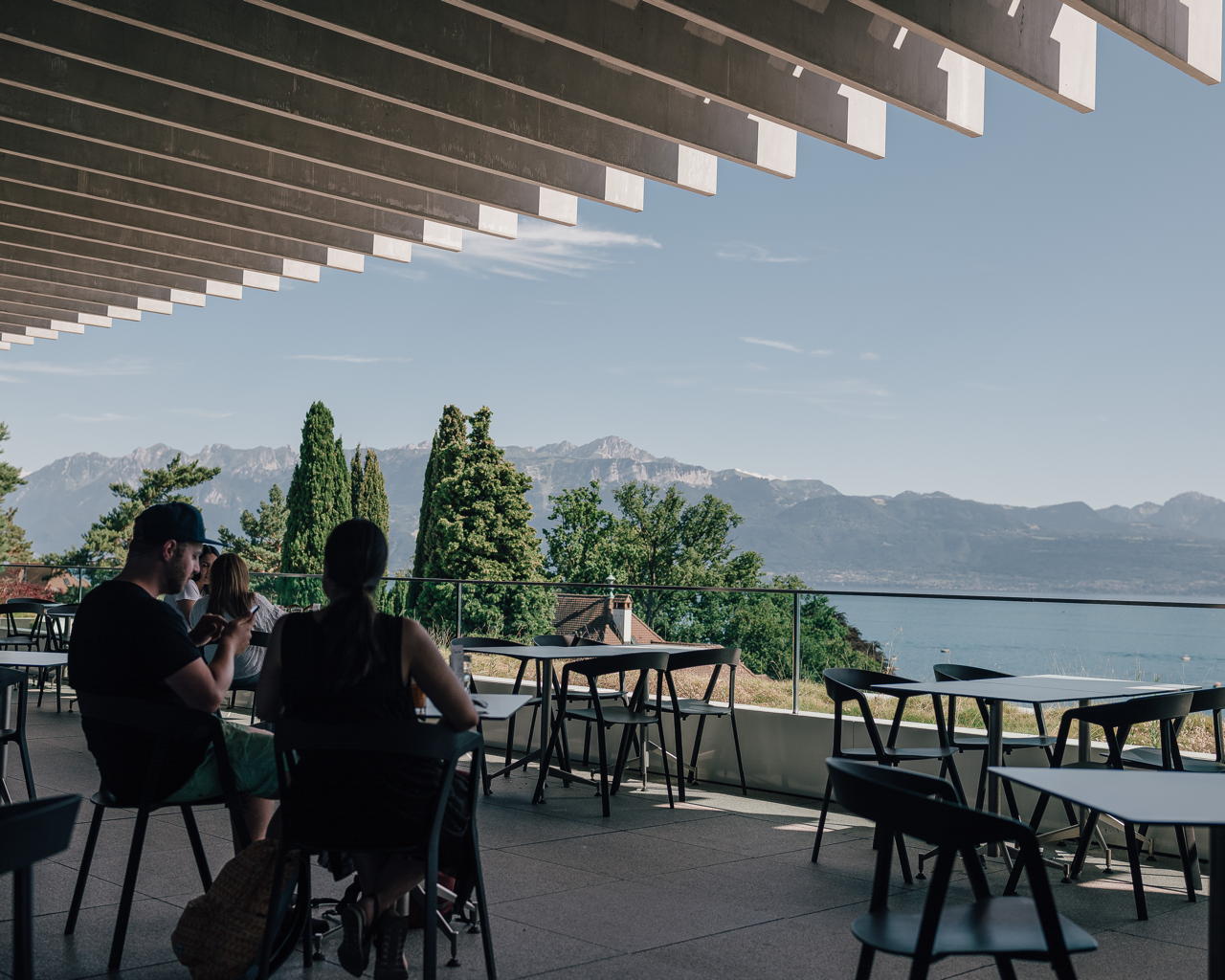

The extra gem
You don't leave the Museum without first stopping at panoramic restaurant Tom CafeFrom its terrace, the view extends over Ouchy, the seaside port of Lausanne and the Olympic park.
With a little more time, you can visit the elegant and refined city of Lausanne, and in just 15 minutes by train you can reach the vineyards of Lavaux, UNESCO heritagefor a tasting among the rows overlooking the edge of the lake and a visit to one of the cellars of the small village.
READ ALSO: Lavaux: the trip to the Swiss region told by our reporter Marco Santini
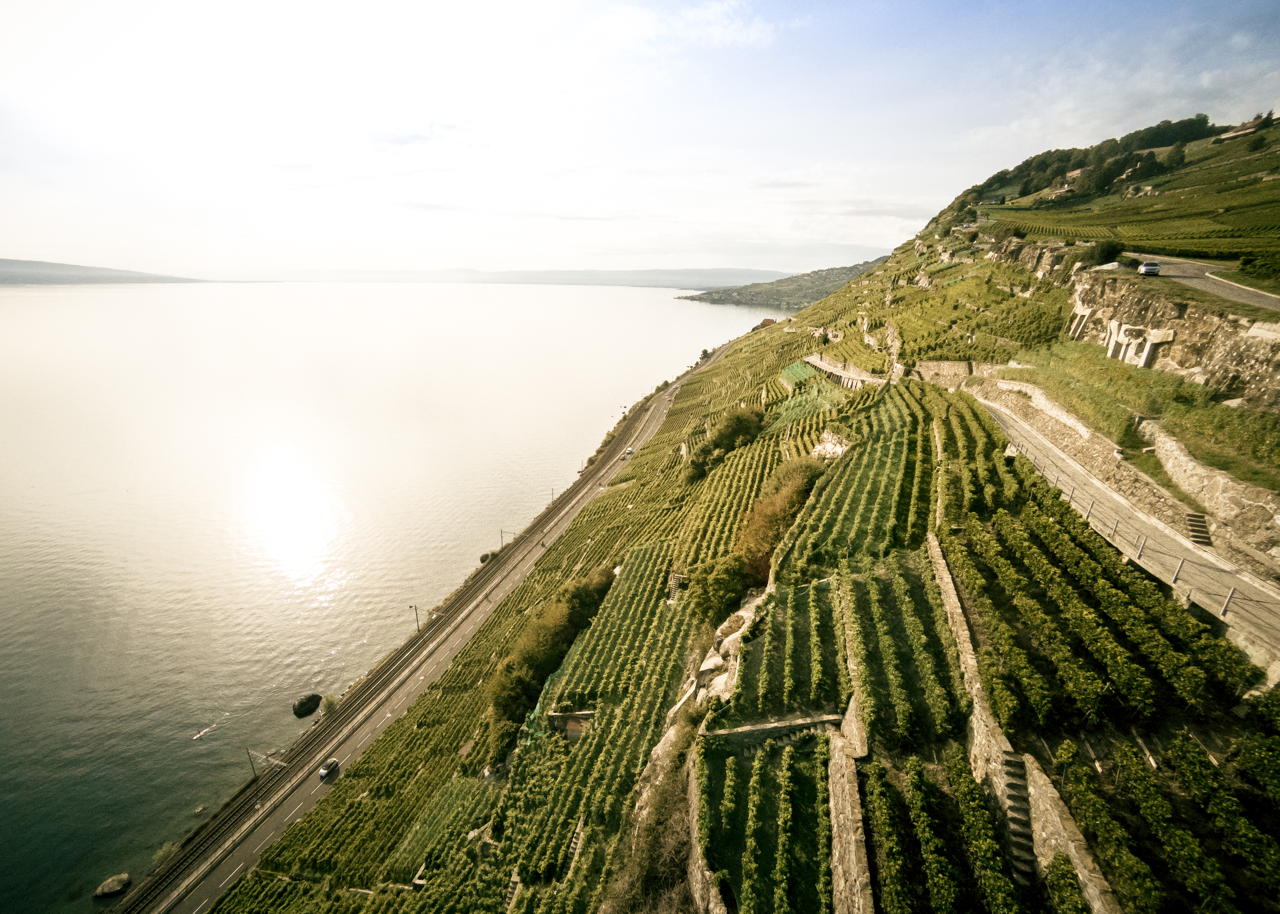

How to get to Lausanne
Lausanne can be reached from Italy in many ways, but the most practical and sustainable is the Swiss Railways – CFF connections which, thanks to the Swiss Travel Pass, offer a subscription allowing unlimited travel on the dense network of rail, river (lakes), bus, summer ski lifts, (Swiss Travel System) discounts where it is not completely free, but offers free entry to almost all the many museums and attractions on Swiss territory. The Swiss Travel Guide app offers some magnificent views to say the least.
Information about Lausanne here
